Camera That Can See Through Walls ?
There is no camera that can see through walls. While there are some imaging technologies that can penetrate certain materials, such as X-rays and thermal imaging, they are not capable of seeing through solid walls. The ability to see through walls would require a technology that can penetrate solid objects without causing damage or interference, which is currently not possible with existing technology. There are some devices that claim to be able to detect movement or objects behind walls using radar or other sensing technologies, but these are not true cameras and have limited capabilities. It is important to note that attempting to see through walls without proper authorization or legal justification is illegal and can result in serious consequences.
1、 Thermal Imaging
The answer is "thermal imaging." Thermal imaging technology allows us to see through walls by detecting the heat signatures of objects and people on the other side. This technology has been used for a variety of purposes, including search and rescue operations, building inspections, and military operations.
Thermal imaging cameras work by detecting the infrared radiation emitted by objects and converting it into an image that can be seen by the human eye. This allows us to see the temperature differences between objects and people, which can be used to identify hidden objects or people behind walls.
The latest advancements in thermal imaging technology have made it even more effective and efficient. For example, some cameras now have the ability to detect temperature changes as small as 0.02 degrees Celsius, making it easier to identify even the smallest differences in heat signatures.
Additionally, some thermal imaging cameras now come equipped with artificial intelligence (AI) capabilities, which can help to identify and track objects and people in real-time. This can be particularly useful in security and surveillance applications, where the ability to quickly detect and respond to potential threats is critical.
Overall, thermal imaging technology has proven to be a valuable tool for a wide range of applications, and its continued development and refinement will likely lead to even more innovative uses in the future.
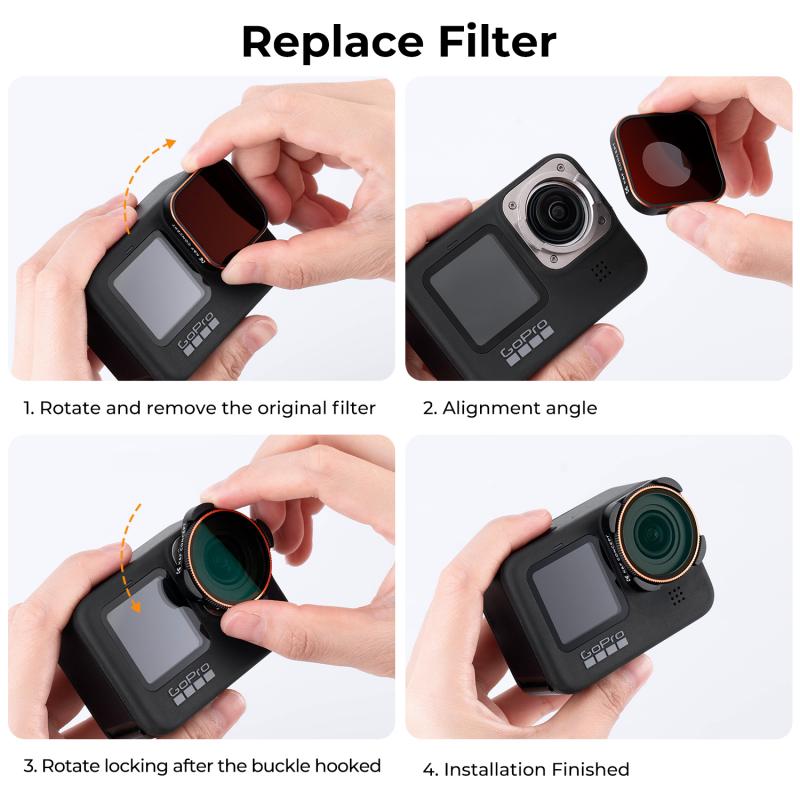
2、 Radar Imaging
There is no such thing as a camera that can see through walls. However, there are technologies that can provide similar capabilities. One such technology is radar imaging. Radar imaging uses radio waves to create images of objects and structures that are hidden from view. This technology has been used for many years in military and aerospace applications, but it is now being developed for use in civilian applications as well.
Radar imaging works by sending out a radio wave signal and then measuring the time it takes for the signal to bounce back. By analyzing the reflected signal, radar imaging systems can create a detailed image of the object or structure being scanned. This technology can be used to detect hidden objects, such as weapons or explosives, or to map the interior of buildings.
The latest point of view on radar imaging is that it has the potential to revolutionize many industries. For example, it could be used to improve the safety of construction sites by detecting hidden hazards. It could also be used to improve the efficiency of transportation systems by providing real-time information about traffic conditions. Additionally, radar imaging could be used to improve the accuracy of weather forecasting by providing detailed information about atmospheric conditions.
In conclusion, while there is no camera that can see through walls, radar imaging provides similar capabilities and has the potential to revolutionize many industries. As this technology continues to develop, we can expect to see many new applications and innovations in the years to come.
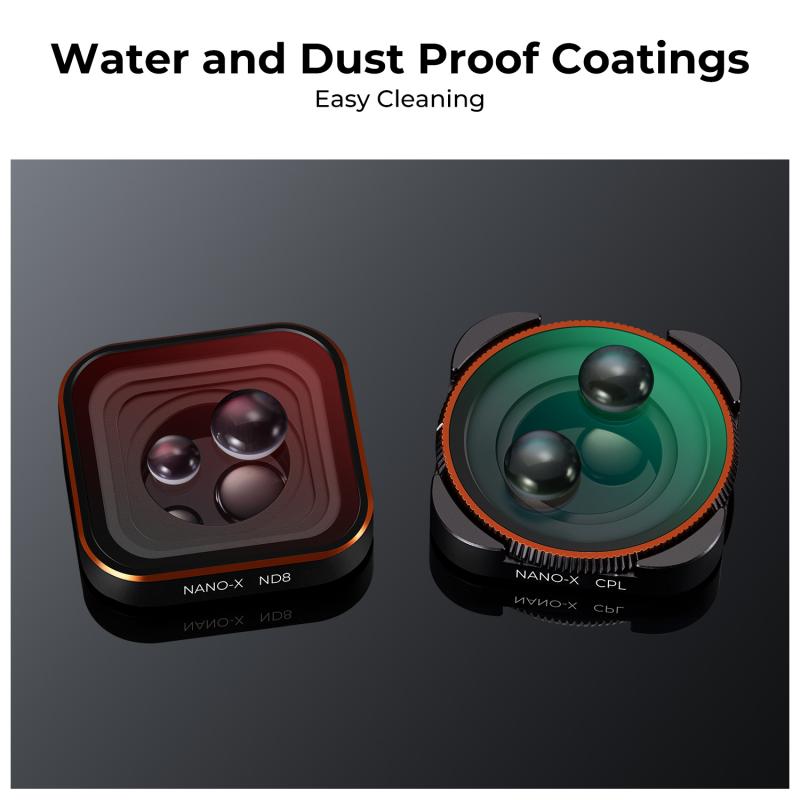
3、 X-ray Imaging
A camera that can see through walls is currently not available in the market. However, X-ray imaging technology can be used to see through walls. X-ray imaging is a non-invasive technique that uses high-energy electromagnetic radiation to penetrate through objects and produce images of their internal structures. This technology has been used in various fields such as medicine, security, and engineering.
In the field of security, X-ray imaging is used to scan luggage and cargo for contraband items. It can also be used to scan buildings for hidden compartments or weapons. In the field of medicine, X-ray imaging is used to diagnose and treat various medical conditions such as broken bones, tumors, and dental problems.
The latest point of view on X-ray imaging is that it is becoming more advanced and efficient. New technologies such as digital X-ray imaging and computed tomography (CT) scanning are being developed to provide more detailed and accurate images. These advancements are making X-ray imaging more accessible and affordable for various applications.
In conclusion, while a camera that can see through walls is not yet available, X-ray imaging technology can be used for similar purposes. X-ray imaging is a non-invasive technique that has been used in various fields such as medicine, security, and engineering. With advancements in technology, X-ray imaging is becoming more advanced and efficient, making it more accessible and affordable for various applications.
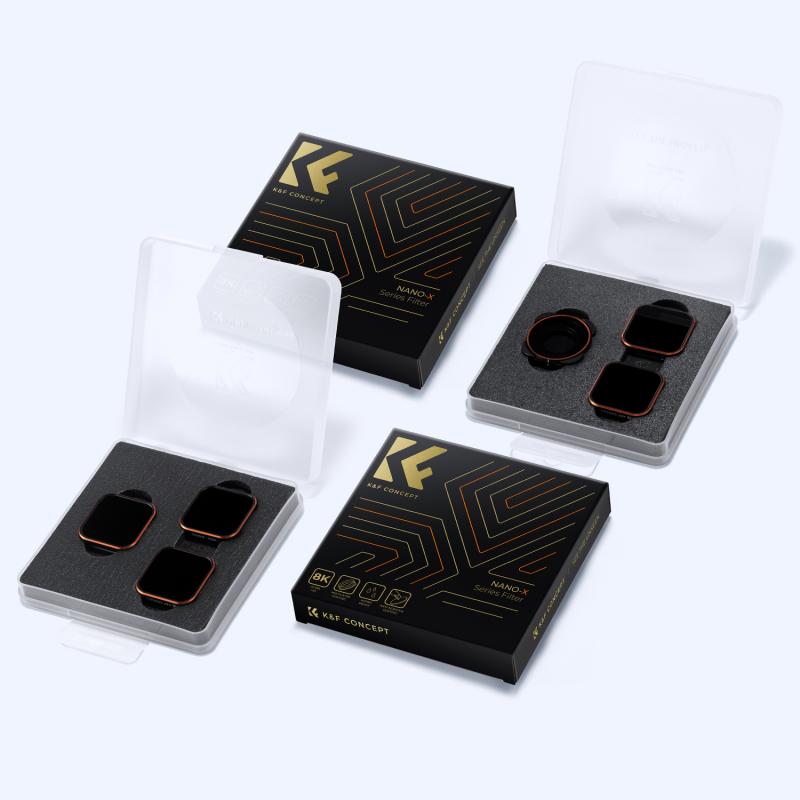
4、 Microwave Imaging
Microwave imaging is a technology that uses electromagnetic waves to create images of objects or structures that are hidden from view. It is a non-invasive technique that has a wide range of applications, including medical imaging, security screening, and geological exploration.
One of the most exciting applications of microwave imaging is its potential to create a camera that can see through walls. This technology works by emitting low-power microwave signals that penetrate through walls and bounce back when they encounter an object or structure. These signals are then processed to create an image of the hidden object.
While the idea of a camera that can see through walls may seem like something out of a science fiction movie, the technology is already being developed and tested by researchers around the world. In fact, some companies have already started to market microwave imaging systems for use in security screening and industrial inspection.
However, there are still some challenges that need to be overcome before a camera that can see through walls becomes a reality. One of the biggest challenges is developing a system that can accurately distinguish between different types of materials and structures. This is important because different materials and structures will reflect microwave signals differently, which can affect the quality of the image.
Despite these challenges, the potential applications of a camera that can see through walls are vast. From search and rescue operations to law enforcement and military operations, this technology could revolutionize the way we approach a wide range of tasks and challenges.
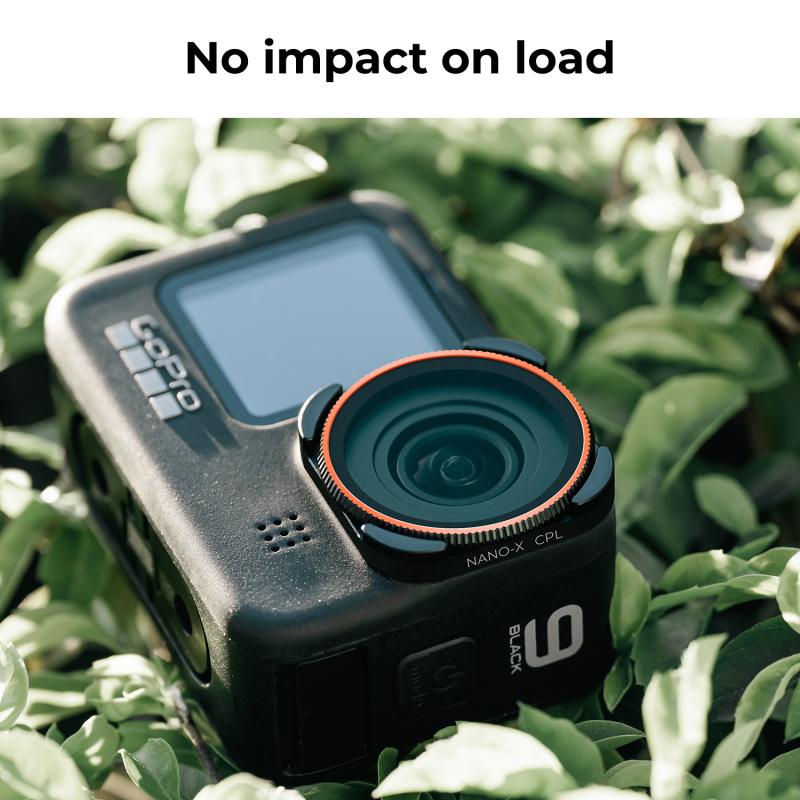

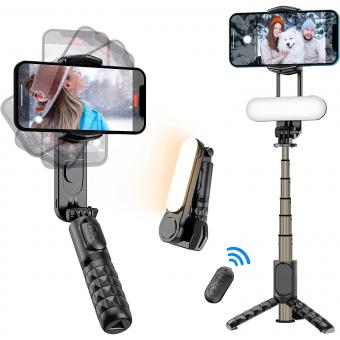



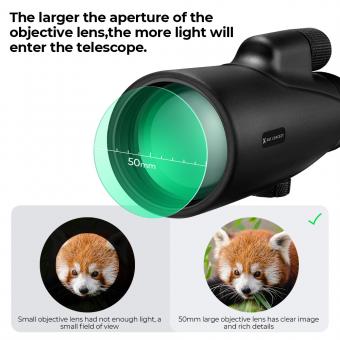

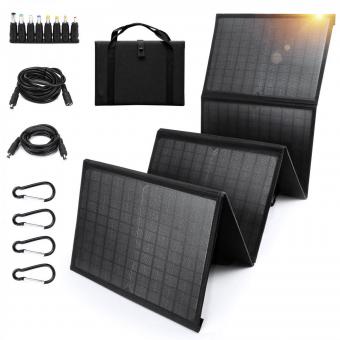
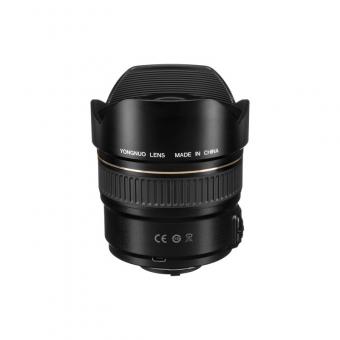

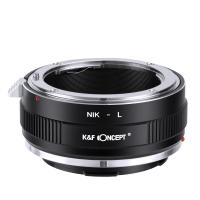

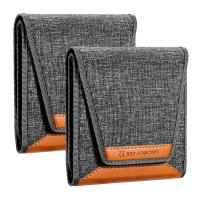

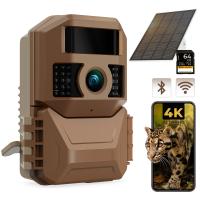
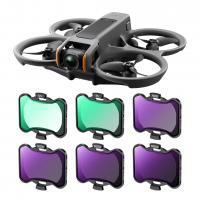



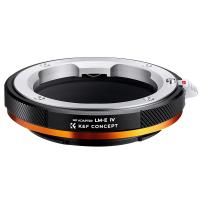
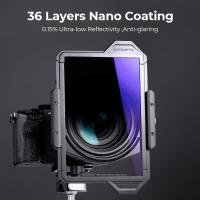
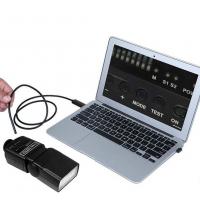
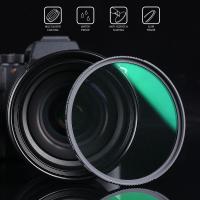
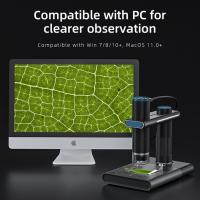
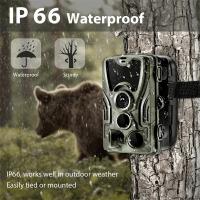
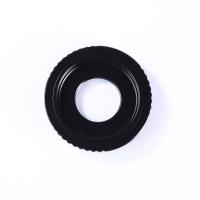
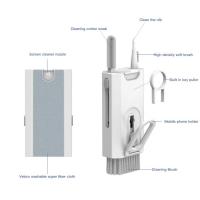

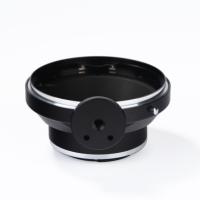
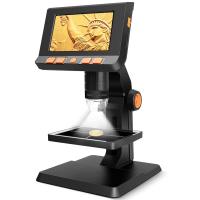
There are no comments for this blog.